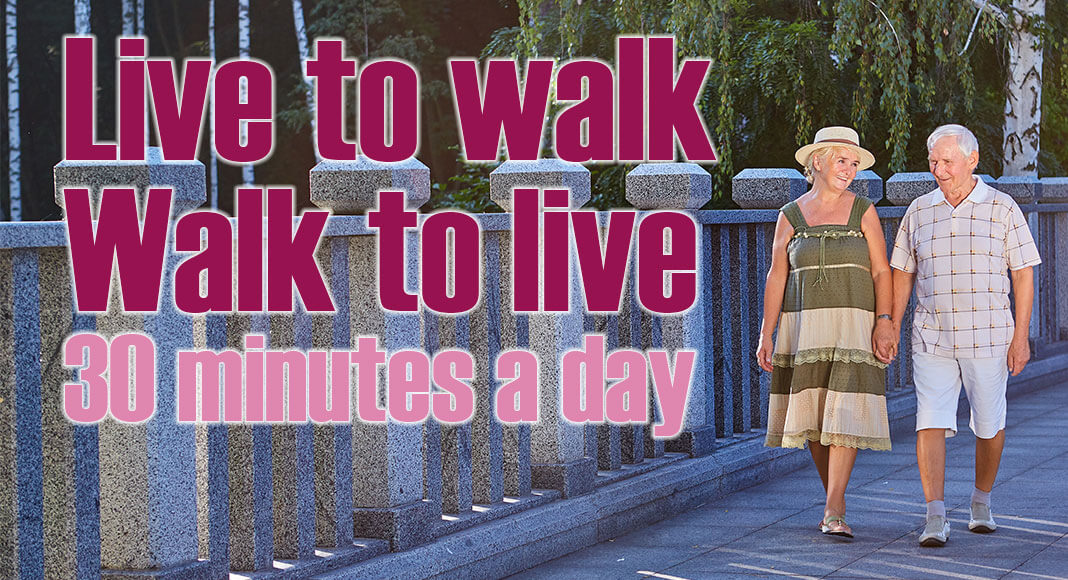
Mega Doctor News
by American Academy of Neurology (AAN)
Newswise — MINNEAPOLIS – A new study shows that people who walk or garden at least three to four hours per week, or bike at least two to three hours per week, or the equivalent after having a stroke may have a 54% lower risk of death from any cause. The research is published in the August 11, 2021, online issue of Neurology®, the medical journal of the American Academy of Neurology. The study found the most benefit for younger stroke survivors. When people under the age of 75 exercised at least that amount, their risk of death was reduced by 80%.
“A better understanding of the role of physical activity in the health of people who survive stroke is needed to design better exercise therapies and public health campaigns so we can help these individuals live longer,” said study author Raed A. Joundi, MD, DPhil, of the University of Calgary in Canada and a member of the American Academy of Neurology. “Our results are exciting, because just three to four hours a week of walking was associated with big reductions in mortality, and that may be attainable for many community members with prior stroke. In addition, we found people achieved even greater benefit with walking six to seven hours per week. These results might have implications for guidelines for stroke survivors in the future.”
The study looked at 895 people with an average age of 72 who had a prior stroke and 97,805 people with an average age of 63 who had never had a stroke.
Average weekly physical activity was evaluated from questions about activities such as walking, running, gardening, weight training, bicycling and swimming. For example, people were asked, “In the past three months, how many times did you walk for exercise? About how much time did you spend on each occasion?” Researchers used the frequency and duration of each type of physical activity to calculate the amount of exercise.
Researchers followed participants for an average of about four and a half years. After accounting for other factors that could affect risk of death, like age and smoking, researchers found that 25% of the people who had previous strokes died from any cause, compared to 6% of the people who had never had a stroke.
In the stroke group, 15% of the people who exercised at least the equivalent of three to four hours of walking each week died during follow up, compared to 33%, who did not exercise that minimum amount. In the group of people who had never had strokes, 4% of the people who exercised that amount died, compared to 8% who did not.
Researchers found the largest reduction in death rate among people who had a previous stroke but were under 75 years of age. In that group, 11% of those who exercised at least the minimum amount died, compared to 29% who did not. People with previous stroke who were under 75 years of age and met the minimum level of physical activity were about 80% less likely to die during study follow-up than those who did not. People over 75 years of age who exercised the minimum experienced less of a benefit, but were still 32% less likely to die.
“Our results suggest that getting a minimum amount of physical activity may reduce long-term mortality from any cause in stroke survivors,” Joundi said. “We should particularly emphasize this to stroke survivors who are younger in age, as they may gain the greatest health benefits from walking just thirty minutes each day.”
A limitation of the study is that people may not have accurately reported their amount of exercise.









